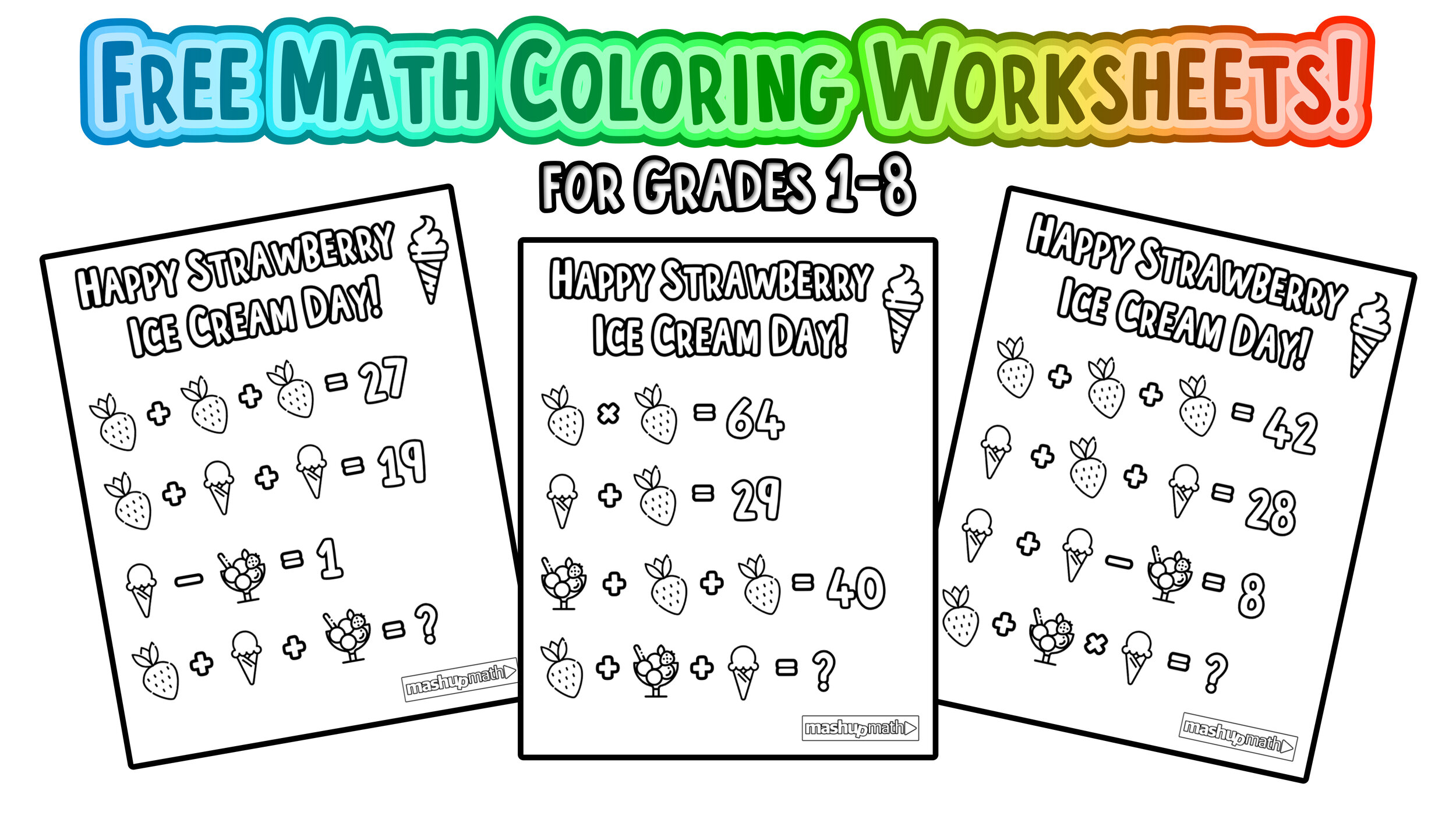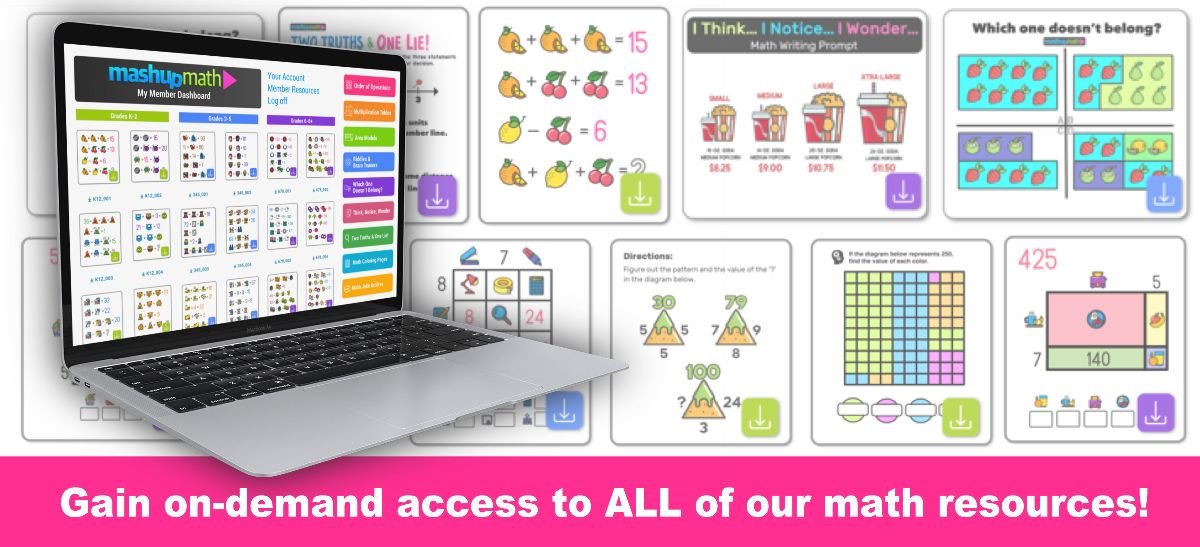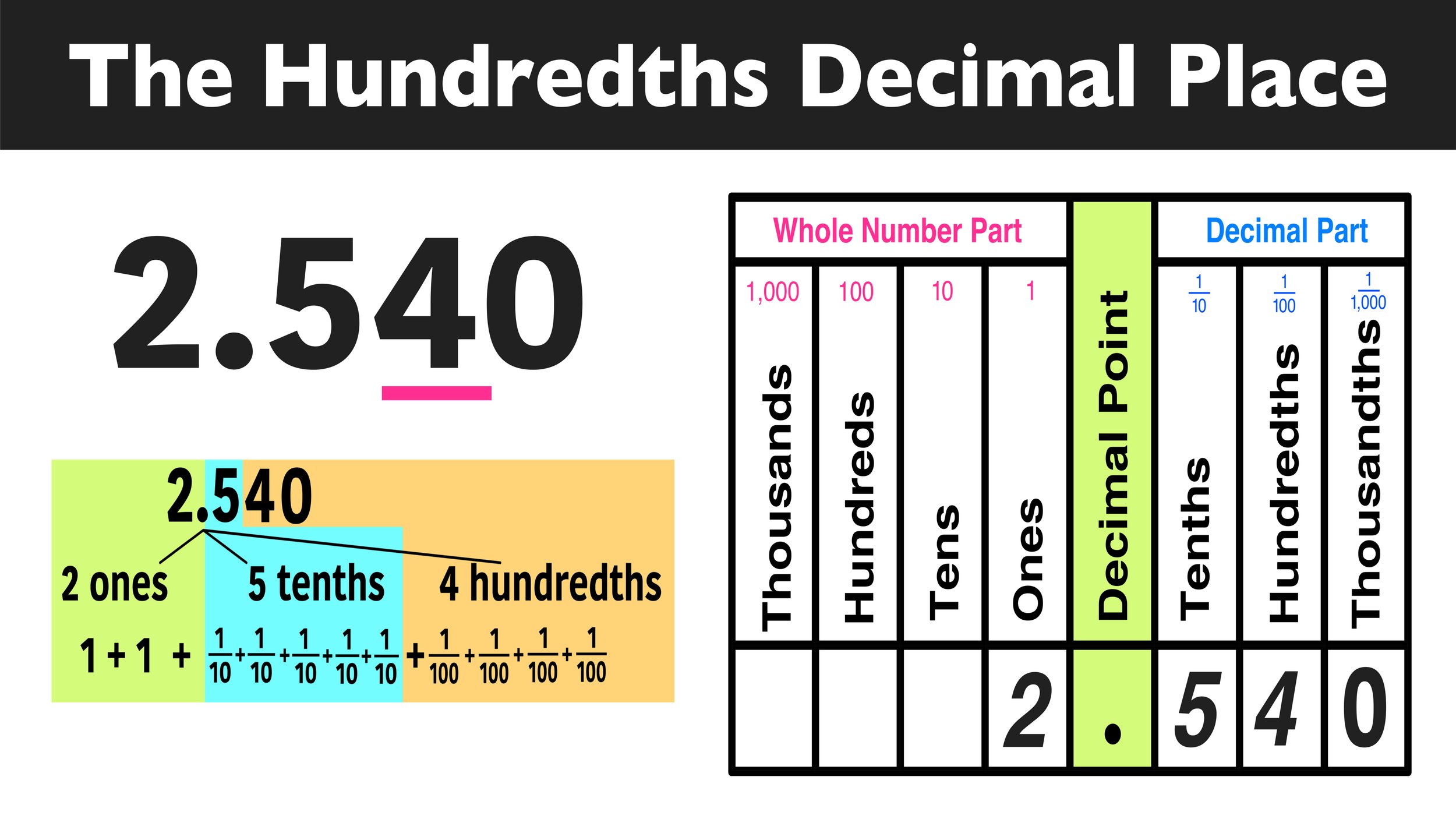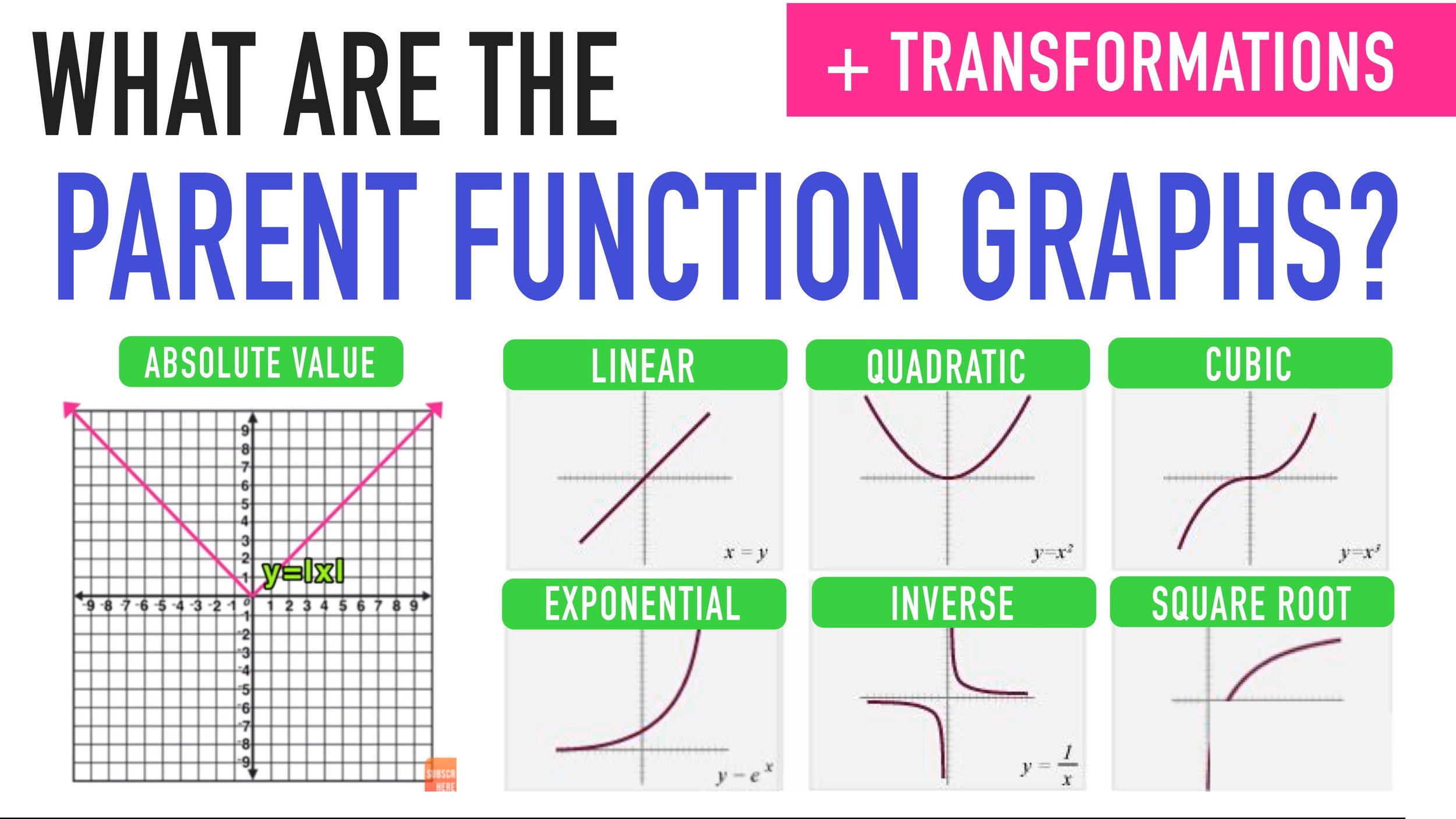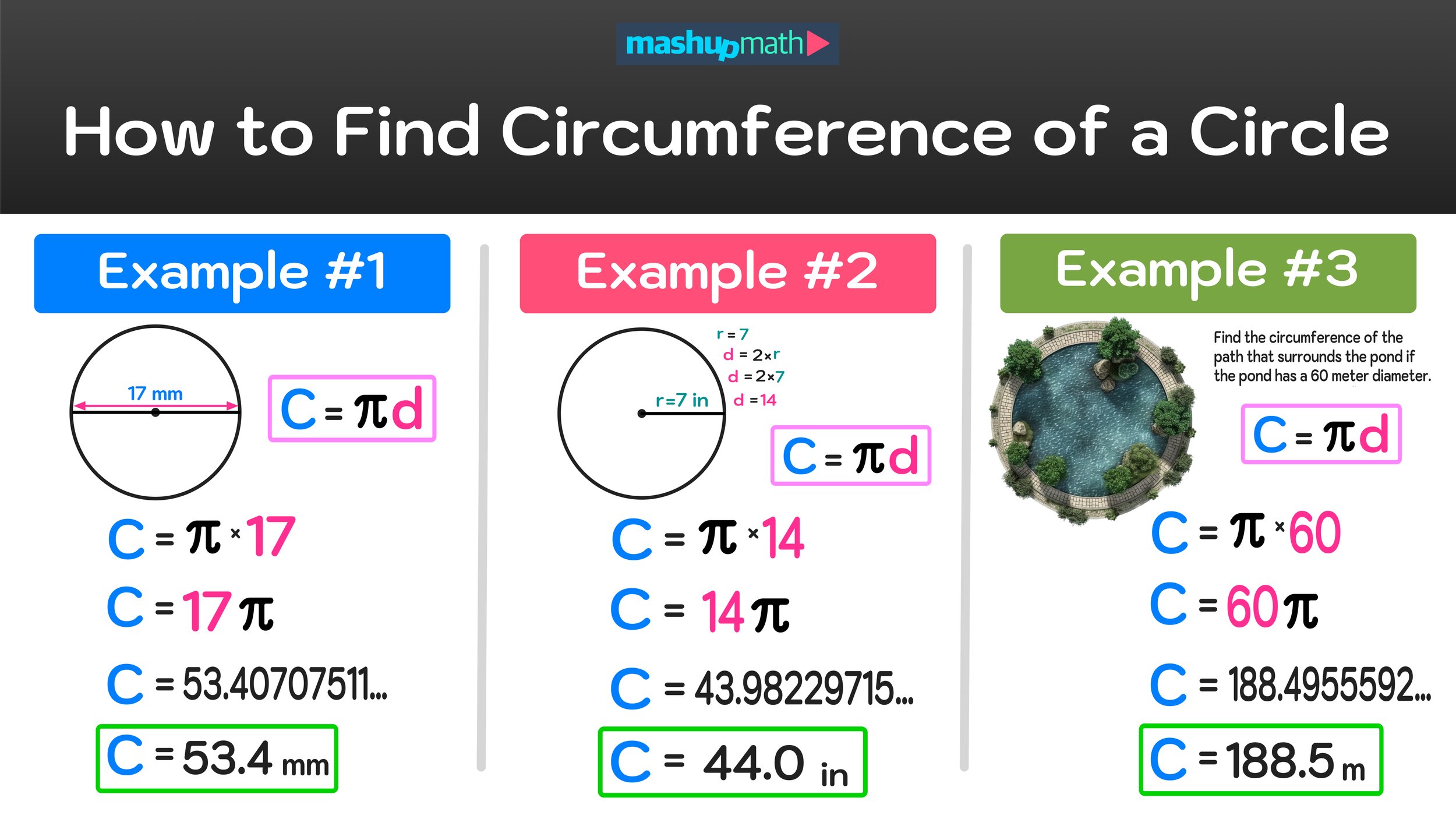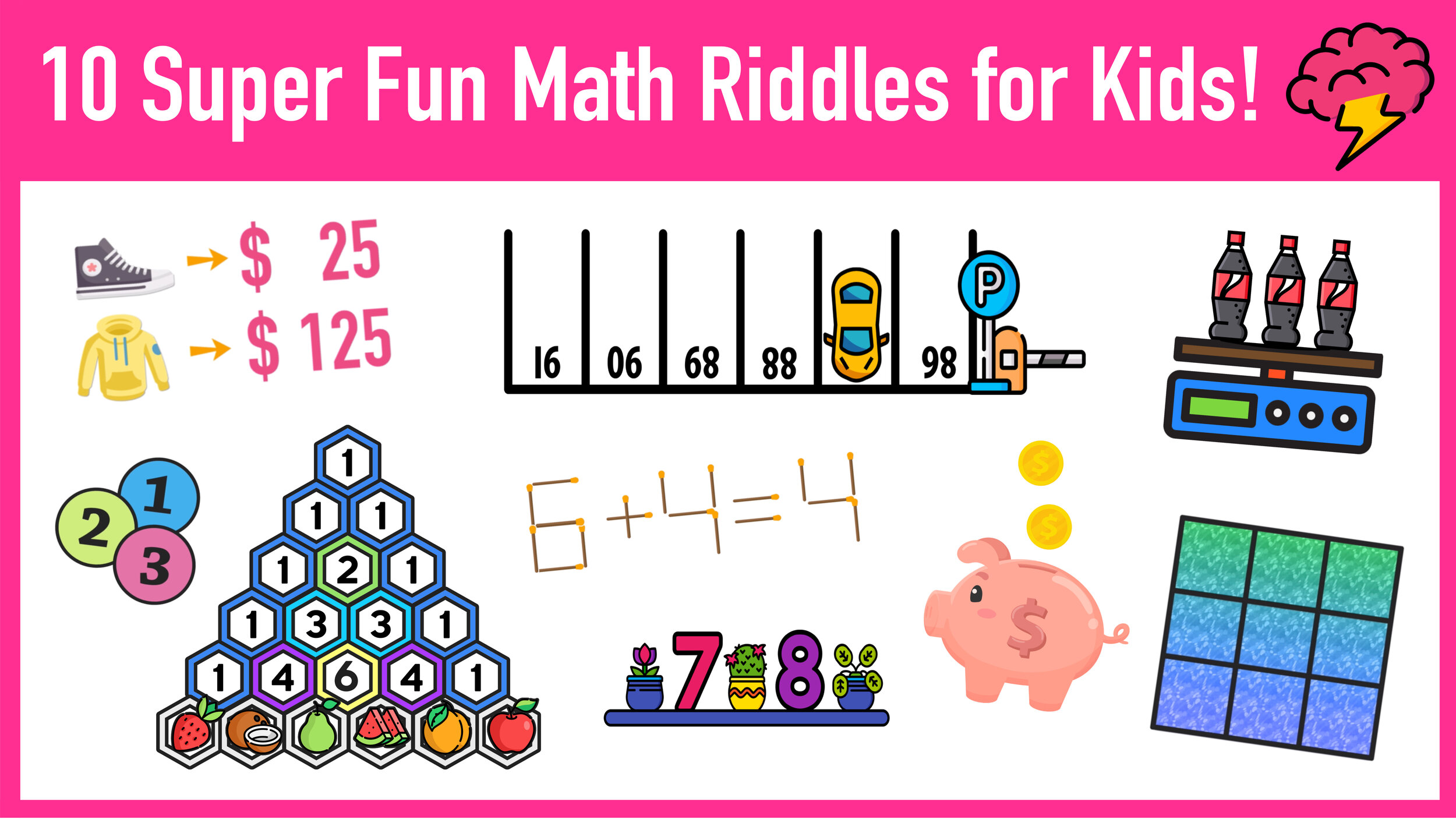Are you looking for school appropriate movies to show your math students before winter break?
Whether you want to give your kids a break from testing, supplement your instruction, or share some well-earned holiday fun time, showing a math-themed movie in class can be an educational and enjoyable experience.
While it can be challenging to find movies that are directly related to mathematics, there are plenty of creative ways to appropriately show full movies and movie clips in your classroom.
Many movies have strong mathematical elements that can be used to spark discussions and help your kids make connections with what they are learning in class.
So, if you are struggling to find a math movie that is right for your kids, check out the following list, get the popcorn ready, and enjoy!
*Disclaimer: You should always get permission from your administration and use discretion before showing any movie or movie scene to your kids.
1.) Donald in Mathmagic Land (G)
IMDb Synopsis: Donald Duck goes on an adventure where he discovers how mathematics can be useful in real life. Through this journey it is shown how numbers are more than graphs and charts, they are geometry, music, and magical living things.
Why? Did you really think that this 1959 classic would not be on this list? This timeless gem shows kids that mathematics is more than just a set of procedures and rules. Despite its age and short duration (it's only 27 minutes long), it still stands up and is beloved by students and teachers alike.
Additionally, the full movie is available for free on YouTube!
2.) Hidden Figures (PG)
IMDb Synopsis: The story of a team of female African-American mathematicians who served a vital role in NASA during the early years of the U.S. space program.
Why? Hidden Figures is an incredible and inspiring movie that demonstrates the power of mathematics and the fact that the subject is open to individuals of all genders and backgrounds.
3.) Queen of Katwe (PG)
IMDb Synopsis: A Ugandan girl sees her world rapidly change after being introduced to the game of chess.
Why? This relatively unknown Disney movie about 10-year-old Phiona and her incredible rise to become a chess master might be my favorite of any of the movies on this list. If you are looking to open up the possibilities of mathematics to a diverse group of students, Queen of Katwe is an excellent option.
4.) October Sky (PG)
IMDb Synopsis: It tells the true story of Homer Hickam, a coal miner's son who was inspired by the first Sputnik launch to take up rocketry against his father's wishes.
Why? October Sky is another awesome STEM-themed movie with plenty of examples of how mathematics can be applied to the real-world. This teacher-favorite is popular with students because the main characters are rebellious (in a good way) grade-school students.
5.) Moneyball (PG-13)
IMDb Synopsis: Oakland A's general manager Billy Beane's successful attempt to assemble a baseball team on a lean budget by employing computer-generated analysis to acquire new players.
Why? You won't find a movie that demonstrates the tremendous role that mathematics plays in professional sports better than Moneyball. Showing the full movie will give your kids a better idea of how mathematics applies to the real world as well as possible career paths, such as becoming a Major League Baseball scout, that require a deep understanding of applied mathematics.
6.) A Beautiful Mind (PG-13)
IMDb Synopsis: After John Nash, a brilliant but asocial mathematician, accepts secret work in cryptography, his life takes a turn for the nightmarish.
Why? A Beautiful Mind is more than just an interesting tale about a paranoid mathematician, it shares several examples of how beautiful mathematics truly is and how it applies to our everyday world.
7.) The Martian (PG-13)
IMDb Synopsis: An astronaut becomes stranded on Mars after his team assume him dead, and must rely on his ingenuity to find a way to signal to Earth that he is alive.
Why? The Martian is probably the best STEM movie ever. There are countless scenes where Matt Damon has to use mathematics and mathematical reasoning to overcome challenges and advance his quest for survival. If you are looking to show your kids that math can take you places, then The Martian is your best choice!
Did I miss your favorite math movie or tv show? Share your thoughts in the comments section below!
(Never miss a Mashup Math blog--click here to get our weekly newsletter!)















